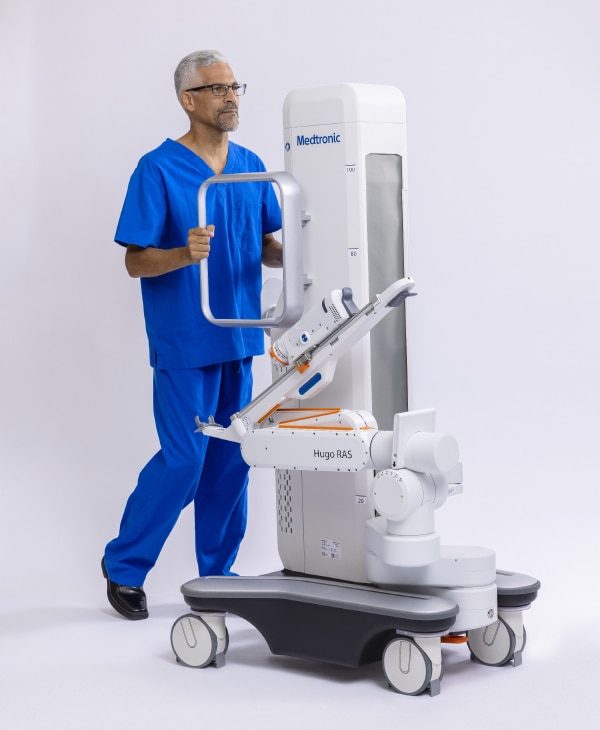Unquantifiable benefits play an important role in any business case
The unquantifiable benefits require the most work to generate a robust business case. After all, not everything is easily measured, but these benefits help shape the argument and bring it to life. Start by doing your best to quantify these benefits where possible. For example, by procuring a robot, you may make your hospital more competitive for certain procedures within a particular geography.
Retention of your team and surgical staff, as well as the cost to recruit top talent are another way to quantify these benefits. If you want to hire the best of the best you need to be able to prove that your department is moving forward with the times, or in many cases, moving ahead of the times. Access to advanced technology and a feeling of being ahead of the curve are also factors in retaining staff. Economically, by lowering staff turnover, you reduce training and recruitment costs.



